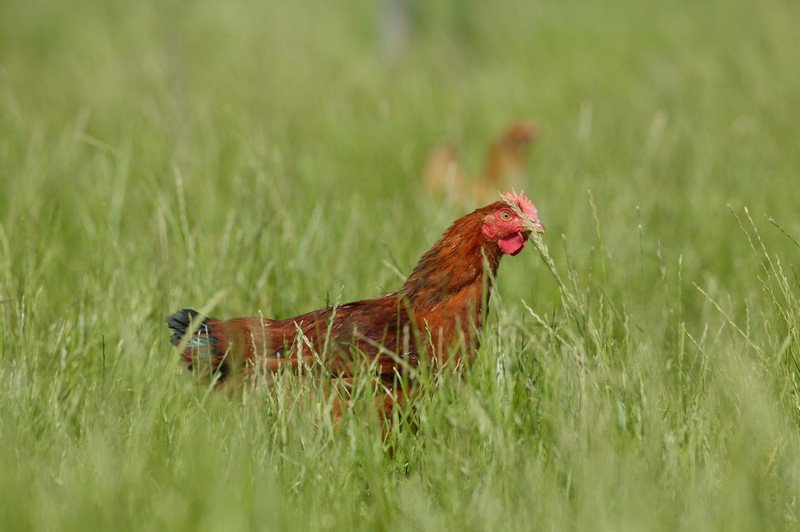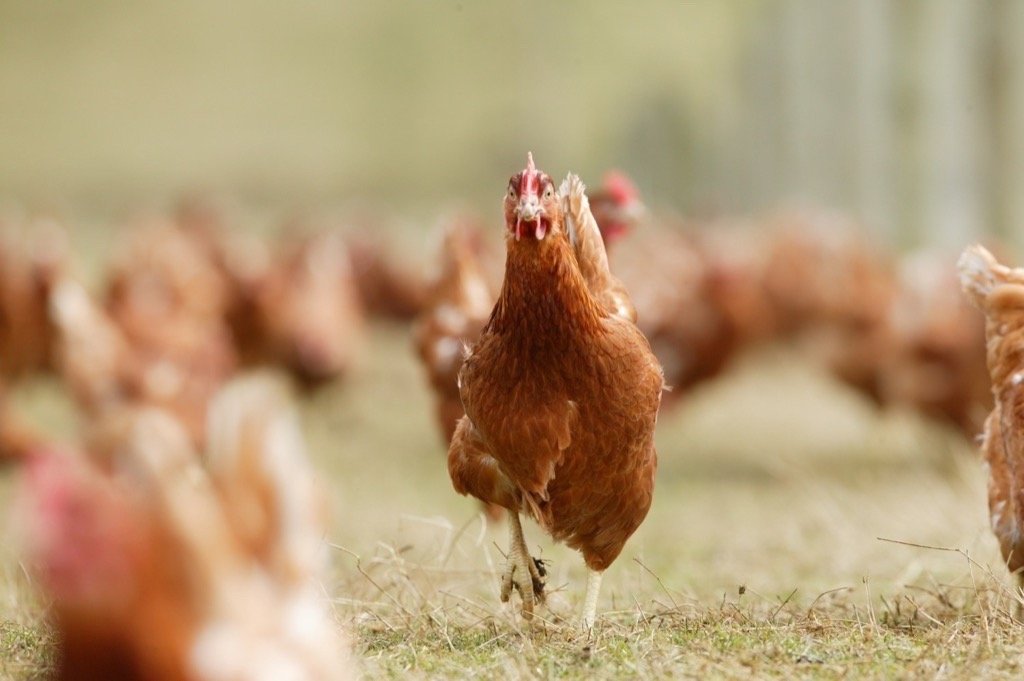
Grain markets have been fairly flat over the past month. Farmers are reluctant to let grain go, with £200 ex farm seemingly the target for most, however the market is struggling to reach this figure. It could be a more volatile 2 months ahead on the grains Market. Soya has another volatile month with some sharp movements from day to day and generally trading within a £30 market range. Sterling is performing better versus both the Dollar and Euro following recent inflation news and the autumn budget. The organic market is tending to mirror that of the conventional market with cereals and soya both unchanged.




















